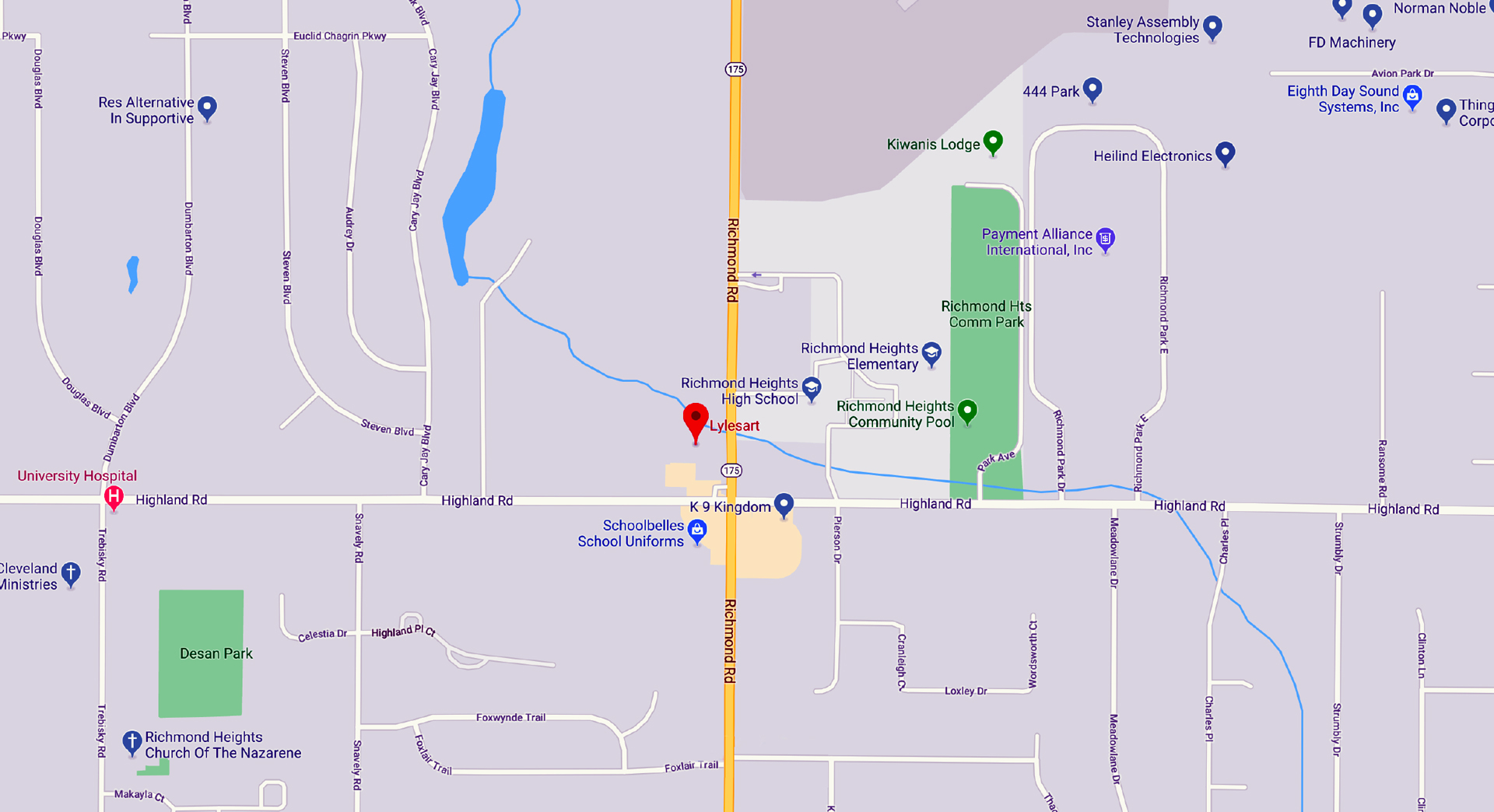Visually documented from the
streets of Cleveland Ohio 12/2014
docu remonstration
Do they know something important and powerful? The investigators building meticulous records of human rights crimes, the journalists dragging into public view the buried facts, the advocates and activists pressuring inequality, racism and injustice. They persist because they know the power of protest and resistance, and the efficacy of the human rights ideal, even if the tally of American History offers little encouragement.
The rage echoing across the nation after a grand jury's conclusion in Ferguson, Missouri, goes far beyond the decision not to indict white police Officer Darren Wilson in the death of unarmed black teen Michael Brown.
Protesters have blocked bridges and tunnels, spilled into roadways and disrupted Black Friday shopping in more than 150 cities in mostly peaceful protests that conjure memories of the civil rights movement for some. The demonstrators were furious at the grand jury decision, but their frustration transcends anger over what happened between Wilson and Brown in the shadow of St. Louis one Saturday afternoon in August.
"It's bigger than what happened in Ferguson. After the grand jury completed its work, many around the United States have interpreted what happened in Ferguson squarely in the context of a larger, historic narrative about race and justice in America. To them, Ferguson is just the latest reminder that the American criminal justice system doesn't treat blacks and whites the same and that young black men in particular are often killed with impunity.
In Cleveland, a white police officer shot and killed a 12-year-old black boy, Tamir Rice, seconds after a squad car pulled up. The officers were investigating reports of someone pointing a gun at people. Police said Tamir had an air gun that looked real.
Protesters in Cleveland linked Tamir's death with Brown's. One held a sign that said "Michael Brown to Tamir Rice, this must stop." Others had signs that said things such as "the whole damn system is guilty!"
Events in Ferguson triggered a national response, because they embodied themes that resonated far beyond Missouri and because social media let people follow along and share opinions in real time.
Seven of 10 African-Americans, and nearly four in 10 whites, felt blacks were treated less fairly than whites in dealings with the police. Nearly a quarter of black men ages 18 to 34 reported that police treated them unfairly in the past 30 days. "many police officers see black men as expendable figures on the urban landscape, not quite human beings." The distrust "presents a grave danger to the civic fabric of the United States. Young black men were 21 times as likely as their white counterparts to be shot to death by police.
It was against that backdrop that people shared news on social media of what transpired in Ferguson, helping transform a local news story into a national conversation. From August 9, the day that Wilson killed Brown, to August 25, the #Ferguson hashtag was used on Twitter 11.6 million times with retweets and 1.9 million without retweets. After Monday night's grand jury announcement, the news spread on social media, with Twitter mapping the explosive use of the #Ferguson hashtag.
NEXT PAGE HOME INDEX
